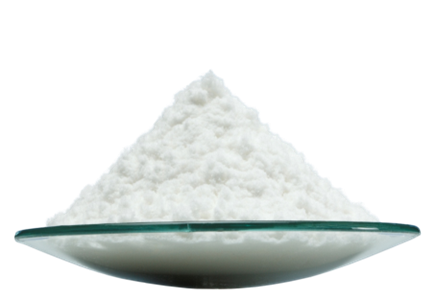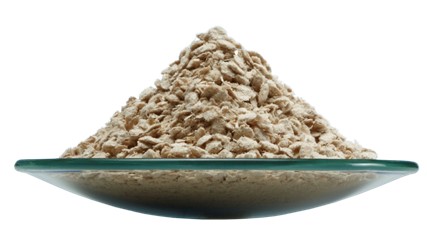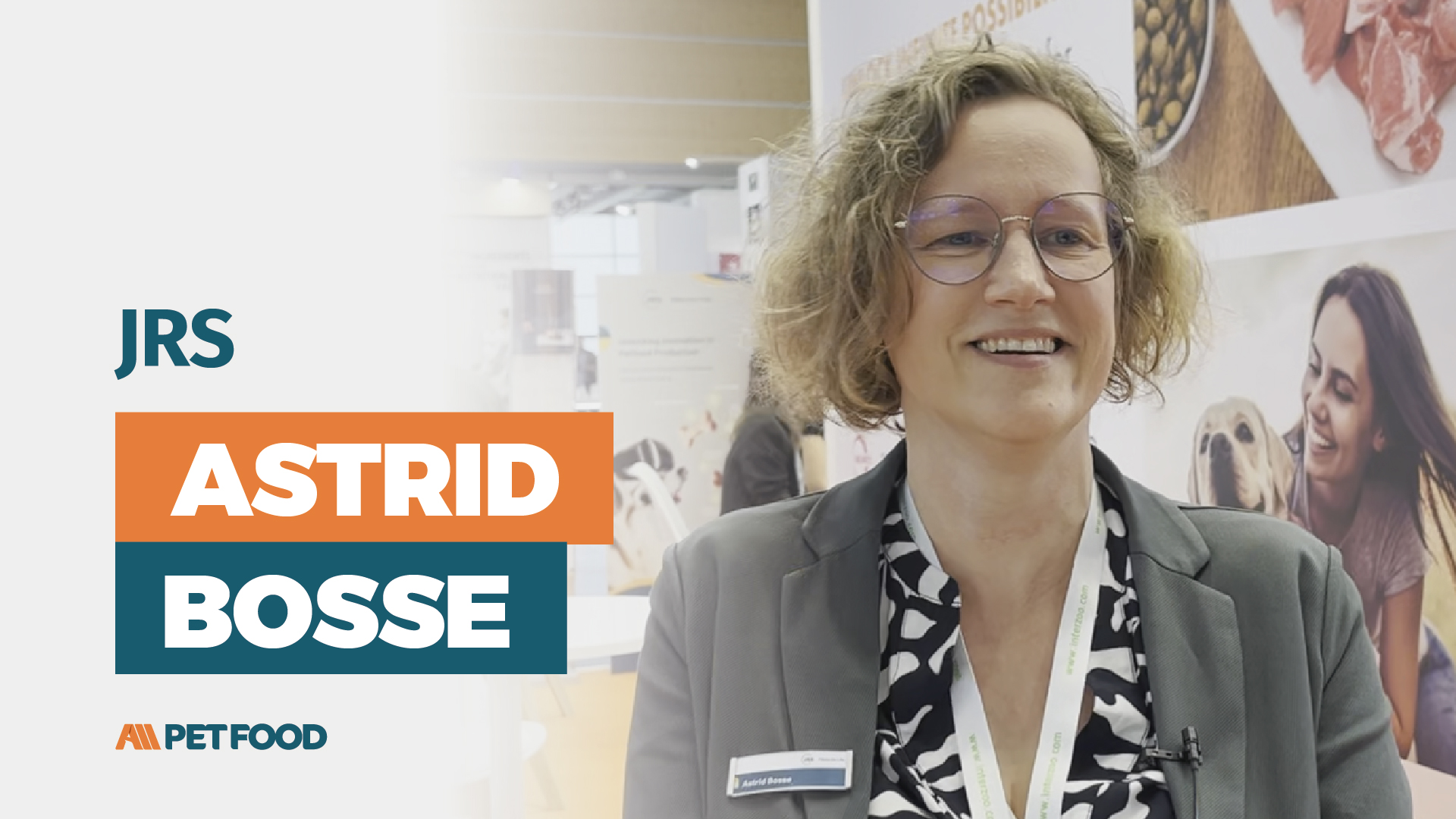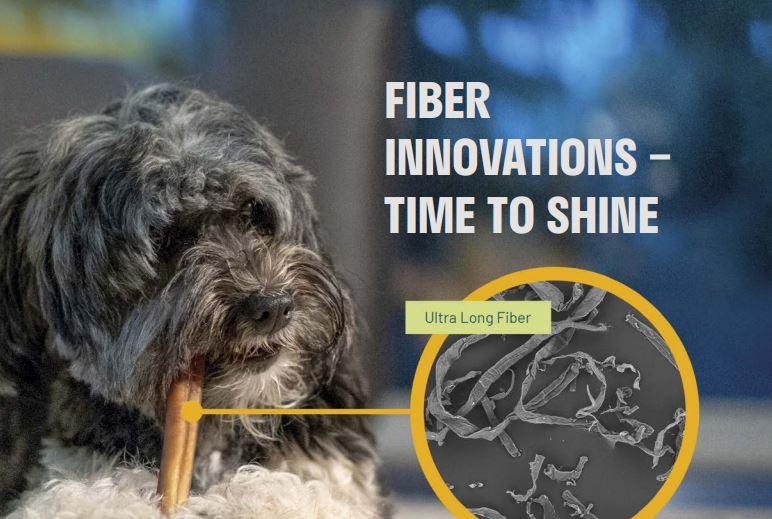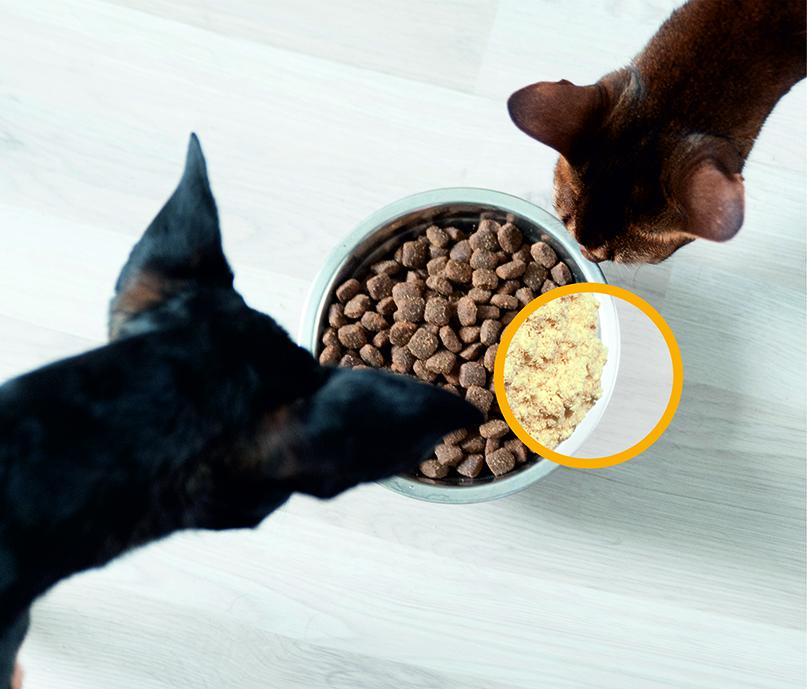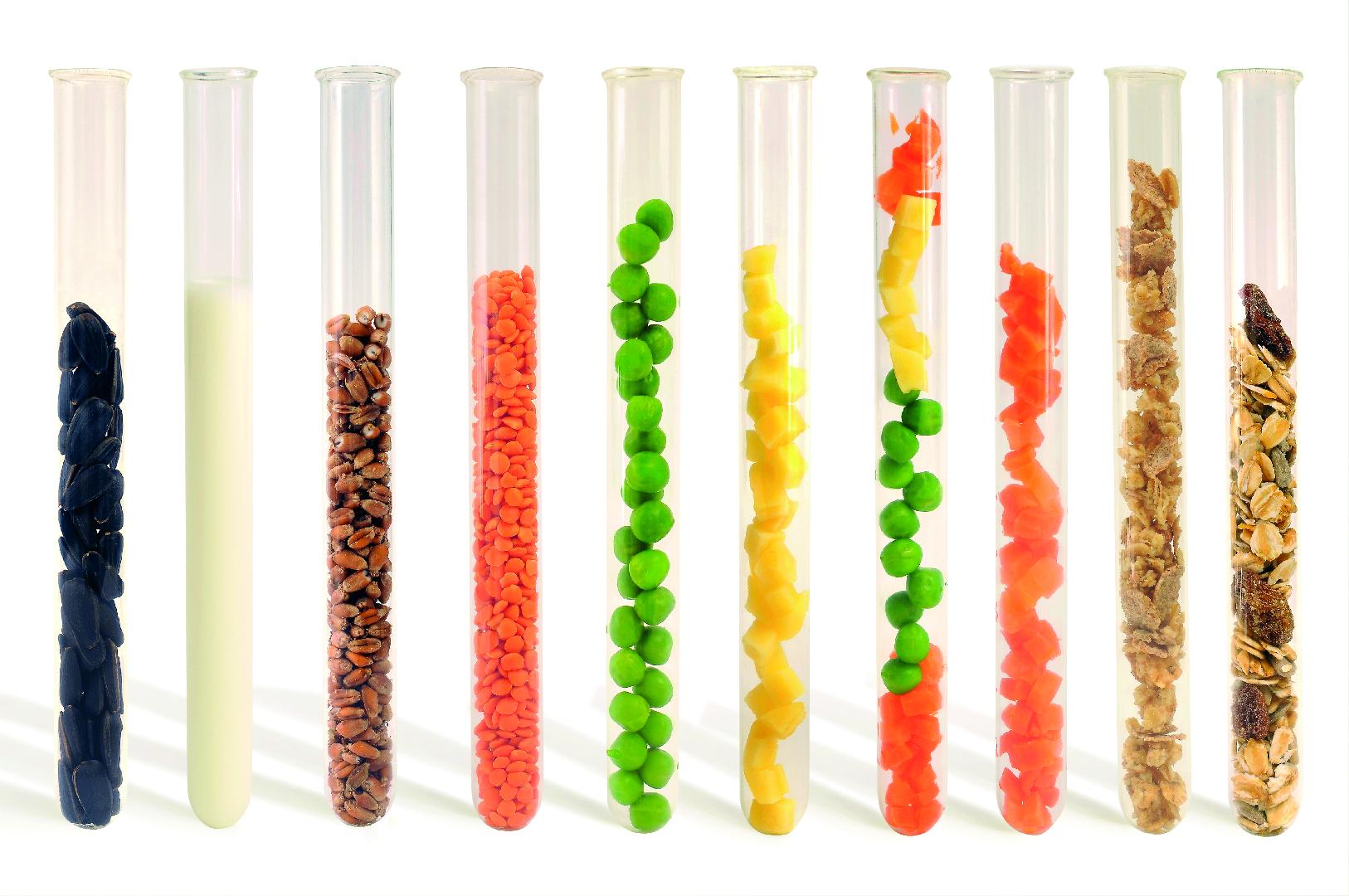12/08/2025
Tailored Fiber Solutions: How Functional Fibers Fit Your Process Needs
JRS provides an extensive portfolio of fiber ingredients compatible with a wide variety of manufacturing processes and formulation needs. These fibers support the development of more sustainable, health-focused pet food products that stand out in the market and promote better pet well-being.
Consistency, texture, and uniformity are critical quality parameters in pet food products that directly affect consumer acceptance but can be challenging to control. Due to the inherent variability of raw materials and the complexities involved in manufacturing processes, achieving optimal product consistency requires precise formulation and process control. Commonly utilized binders —including spray-dried plasma, wheat gluten, and albumin— are widely employed in restructured meat products such as chunks, as well as across various meat applications. These binders are valued for their superior swelling properties, water-binding capacity, and emulsification performance, which contribute significantly to the structural integrity and textural quality of the final product.
A series of pilot-scale trials conducted at JRS's Technical Competence Center in Rosenberg, Germany, demonstrated that partial substitution of conventional binders with a functional long cellulose fiber delivers a favorable cost-benefit outcome. Across wet pet food and other high moisture applications, replacing spray-dried plasma with cellulose fiber at a ratio of 2/1 optimizes critical process parameters during steam tunnel cooking and enhances the textural properties of chunks both before and after the retorting step. However, not only does the long fiber perform as chunk solidifier it also accelerates the cooking in the steam tunnel contributing to energy savings.
Pet food manufacturers and entrepreneurs focus on optimizing operations and enhancing sustainability to protect and increase their revenue. Typically, every pet food and treat format offers opportunities to lower costs, boost production efficiency, and realize energy savings. In dry pet foods with high fresh meat inclusion and snacks, specialized long cellulose fibers contribute to high structural connectivity, improved texture, and minimized shrinkage after drying.
In addition to these quality and processing benefits, these functional fibers support greater sustainability in production. Trials with meat-based snacks have demonstrated that incorporating long cellulose fibers can reduce drying times by up to 50% (see diagram 1), resulting in significant energy savings and relieving capacity constraints in the drying process. Together, these improvements support increased product throughput and manufacturing operations that are more efficient.
Recently, the JRS portfolio has been expanded to include a natural plant fiber with unique fat-binding properties. Fat loss is a common challenge, particularly under high-temperature conditions such as those encountered during storage, transport, or production. These losses can compromise product quality and consistency.
Products like licks and pastes, which often contain around 30% fat, benefit significantly from the inclusion of this fiber. It helps prevent the separation of fat and solids, thereby enhancing homogeneity.
Similarly, snacks and treats with high meat content can experience substantial fat loss during drying. This issue is also relevant in plant-based products that include vegetable oils (e.g., sunflower oil), which have a low melting point and are prone to separation.
In trials with beef jerky-style snacks —where fat losses of up to 20% were observed during drying— the addition of the fat-binding fiber resulted in non-detectable fat losses.
In commercial production, this innovation can help optimize operations by increasing product yield and minimizing downtime required for cleaning.
Conclusion
Integrating specialized fibers into pet food formulations exemplifies how targeted ingredient innovations can drive advances in manufacturing efficiency, product quality, and sustainability in the evolving pet food landscape.
By Dr. Astrid Bosse - Scientific Advisor - JRS Petfood & Aquafeed
Source: All Pet Food Magazine




